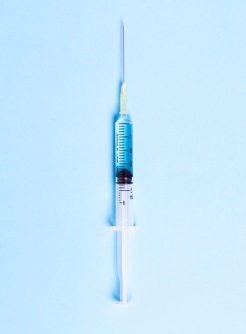First-Line SGLT-2 Inhibitor Therapy Has Benefits and Risks in Type 2 Diabetes
By Reuters Staff
By Reuters Staff
July 7, 2022
Adults with type 2 diabetes (T2D) who initiate therapy with a sodium-glucose cotransporter-2 inhibitor (SGLT-2i) instead of metformin have a lower risk of heart failure but a similar risk of stroke, heart attack, and death from any cause, a new analysis suggests.
Writing in Annals of Internal Medicine, the researchers note that SGLT-2i therapy has previously been recommended as a second-line treatment, but has more recently been recommended as a first-line treatment for patients with type 2 diabetes and cardiovascular disease (CVD). But evidence on the risk for CV events associated with first-line SGLT-2i compared with metformin is limited.
To investigate, Dr. HoJin Shin and colleagues with Brigham and Women's Hospital and Harvard Medical School in Boston analyzed claims data for 8,613 T2D patients initiating an SGLT-2i (canagliflozin, empagliflozin, or dapagliflozin) and a matched group of 17,226 patients initiating metformin.
The primary outcomes were a composite of hospitalization for myocardial infarction (MI), hospitalization for stroke or all-cause mortality (MI/stroke/mortality), and a composite of hospitalization for heart failure (HHF) or all-cause mortality (HHF/mortality).
During a mean follow up of 12 months, compared with metformin initiators, SGLT-2i initiators had a similar risk for MI/stroke/mortality (hazard ratio 0.96) and a lower risk of HHF/mortality (HR 0.80).
SGLT-2i initiators had a lower risk for HHF (HR 0.78), a numerically lower risk for MI (HR 0.70), and similar risk for stroke, mortality, and MI/stroke/HHF/mortality compared with metformin initiators, they report.
The risk for adverse events was similar except for an increased risk for genital infections with SGLT-2i therapy (HR 2.19).
"Although our findings may support the use of SGLT-2i as first-line T2D treatment of cardiovascular outcomes, further research, that is, a randomized clinical trial, is warranted to establish more robust evidence," the authors conclude in their paper.
SOURCE: https://bit.ly/3lyp0yH Annals of Internal Medicine, online May 23, 2022.
Photo Credit: Getty Images




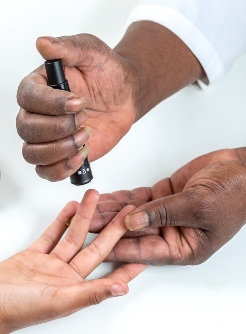

















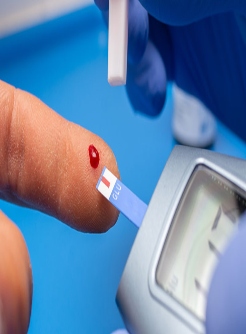



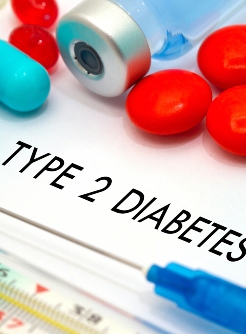



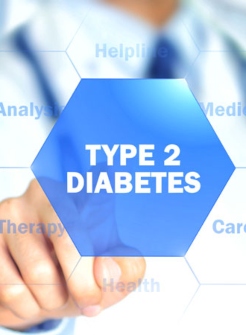
.jpg)
.jpg)

